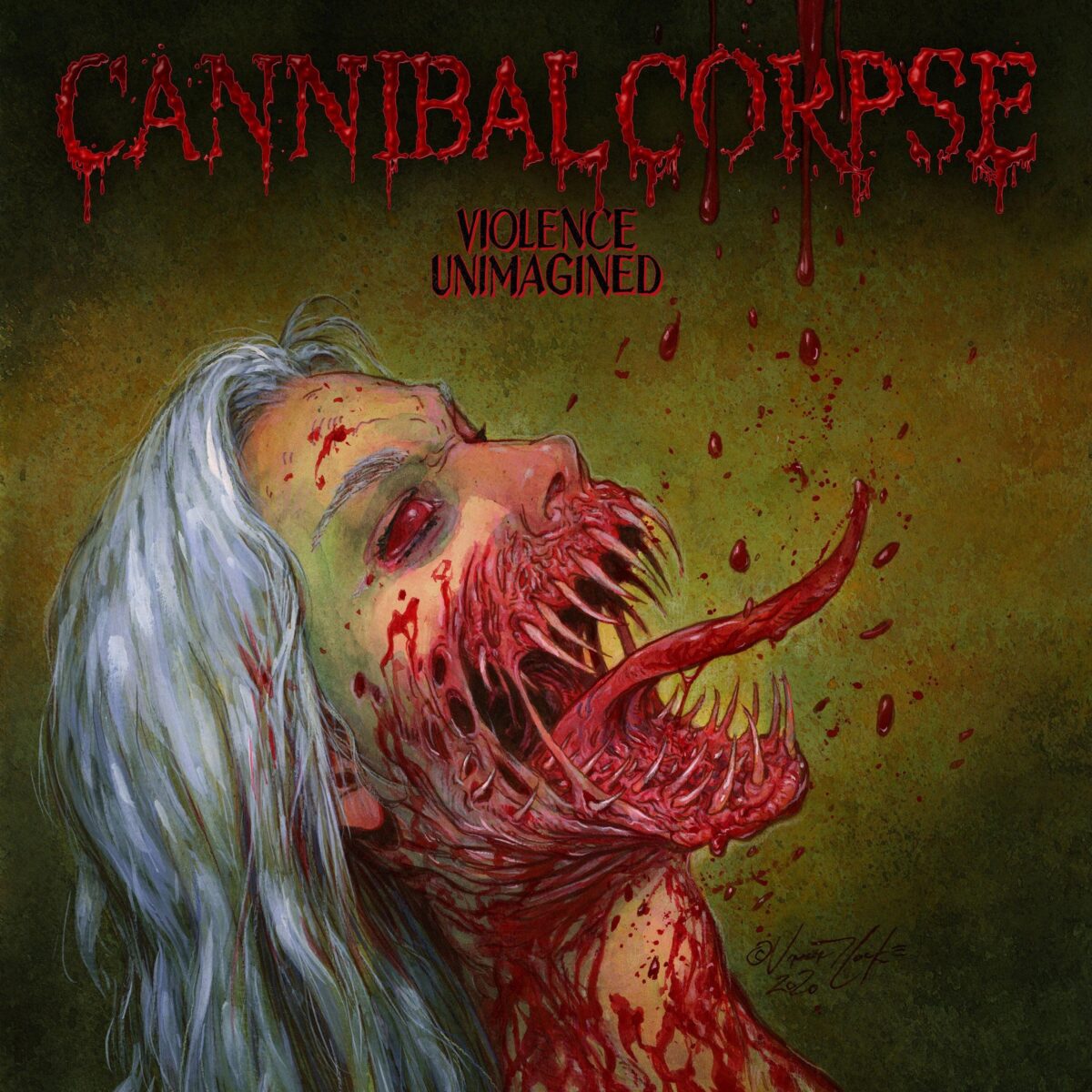Do you hear it? Just over the horizon, clanging and rattling like a thousand empty soup cans?
It’s the Metal Minute. Last time, we discussed doom metal, a slow and more articulate version of metal. For this installment, things are getting grotesque and growly as we explore the world’s most brutal musical genre: death metal.
What is it?
Death metal can trace its roots to the 80’s, with major stylistic influences derived from early black metal bands like Venom and thrash bands like Slayer and Hellhammer.

Early death metal bands were inspired by these sounds, but wanted to create something harsher — more deathlike — and began to experiment with heavier instrumentation, more abrasive vocals and increasingly grotesque subject matter (see: “Frantic Disembowelment” by Cannibal Corpse).
What’s it Sound Like?
According to Chris Krovatin of Kerrang! magazine, “When a non-metal person describes metal by making a growling noise, they’re thinking of death metal.”

The genre features fast-paced tempos, overdriven guitar, blast beats on double-bass drums and abrupt changes to tempo and time signature. The resulting sound is heavy, distorted and aggressive. Combined with guttural, often inhuman-sounding vocals, the genre presents an intense and expansive listening experience.
Subgenres Within Subgenres
Like many other subgenres, death metal has several sub-subgenres. They include:
- Brutal death metal
Pretty self-explanatory, brutal death metal favors faster, heavier and more brutal playing styles. The death metal nesting doll continues, as a sub-sub-subgenre called slam death metal has emerged from brutal death metal, infusing hardcore punk and even hip-hop elements into its sound.
- Deathcore
The “deathification” of metalcore. I.e., the collision of hardcore punk, metal, and death metal. Like metalcore, deathcore is a label often rejected by metal dudebros who see the subgenre as “inauthentic.”
- Death doom
The marriage of doom metal with death metal. Slower tempos and a more broody atmosphere with the growls and blast beats of death metal.
- Melodic death metal
Pioneered in Sweden, leaning closer towards mainstream metal with a more melodic style.
- Technical death metal
Also known as tech-death or prog-death, presents progressive metal with a death metal slant. Time signatures, rhythms and instrumentation becomes more complex — or, some would say, progressive — within this sub-sub-genre.
Who Makes it?
The death metal scene is robust. Here are several genre heavy-hitters:
- Cannibal Corpse
- Death
- Tomb Mold (personal fave)
- Carcass
- Vital Remains
- Bolt Thrower

